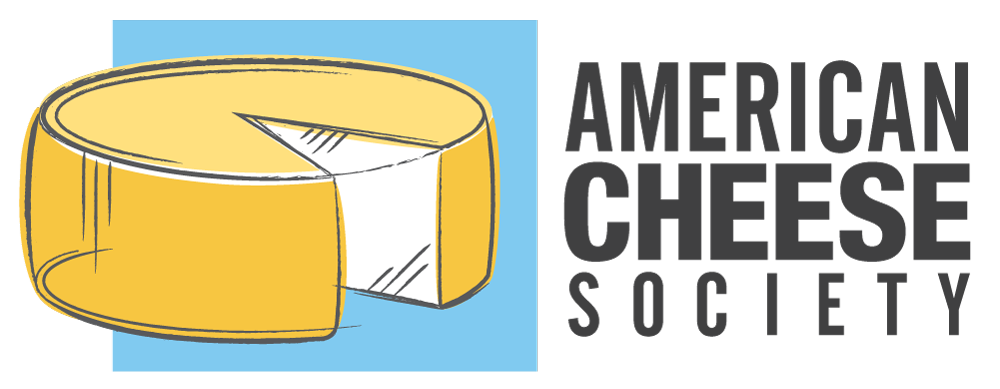Candidates have 3 hours to complete the T.A.S.T.E. Test®. The test itself has two sections:
- Single attribute identification
- Cheese assessment and evaluation
During the single attribute identification portion of the exam, each candidate will be provided with 10 different prepared solutions, each providing a unique aroma found in cheese. The candidates must identify these attributes on the form provided.
During the cheese assessment and evaluation portion of the exam, each candidate will be responsible for assessing and evaluating 12 different cheeses by selecting from among the attributes listed on the cheese category attribute sheets, which are based on the ACS Judging & Competition Categories.
T.A.S.T.E. Test® Cheese Category Attribute sheets
The cheese category attribute sheets were created using the methodology for assessment and evaluation of cheese that is utilised by the American Cheese Society’s Judging and Competition wherein judges evaluate both the “aesthetic” and “technical” characteristics of cheese. The T.A.S.T.E. Test® cheese attribute sheets break attributes up into the organoleptic groupings of appearance, aroma, texture, and flavor.
Exam Preparation Resources
American Cheese Society. 2022. ACS Judging & Competition Categories.
American Cheese Society. 2024. T.A.S.T.E. Test® Cheese Category Attribute sheets.
American Cheese Society. 2022. T.A.S.T.E. Test® Single Attribute List.
American Cheese Society, Stephanie Clark, Craig Gile, Vince Razionale, Bill Rufenacht, and Sarah Spira, eds. Version 1 Published February 1, 2018. American Cheese Society Cheese and Dairy Product Lexicon and Glossary. Denver: American Cheese Society.
Clark, Stephanie, Michael Costello, MaryAnne Drake, and Floyd Bodyfelt, eds. 2008. The Sensory Evaluation of Dairy Products. 2nd ed. Springer.
Kaylegian, Kerry, and Lisa Caprera. 2017. “Cheese Tracking System: Sensory Evaluation Guide.” Penn State Extension.
Exam Preparation Recommendations
The assessment and evaluation of cheese requires a reasonably strong knowledge of various cheese types, the techniques associated with their production, their typical attributes, common flaws or defects, and the conditions associated with desired or undesired outcomes in a cheese. Successful communication about the assessment and evaluation of cheese requires a common vocabulary or nomenclature.
For these reasons, it is recommended that candidates:
- Begin preparing for the exam as soon as possible.
- If possible, team up with one or more additional candidates to prepare for the exam. This group dynamic provides a range of palates that can help candidates more accurately hone in on sensory characteristics with descriptive terminology that is objective, rather than subjective.
- Review and understand the distinctions and differences between ACS Judging & Competition Categories.
- Practice the assessment and evaluation of qualifying cheese categories using the exam cheese category attributes sheets.
- Practice blind identification of single attributes with correlations drawn to the typical conditions for their formation.
- Practice connecting various attributes to cheeses of different styles, understanding where the attributes commonly occur under appropriate or inappropriate circumstances for a given style.
- Attend industry and academic classes that provide guided sensory evaluations.
General T.A.S.T.E. Test® Information & What to Expect on Exam Day
